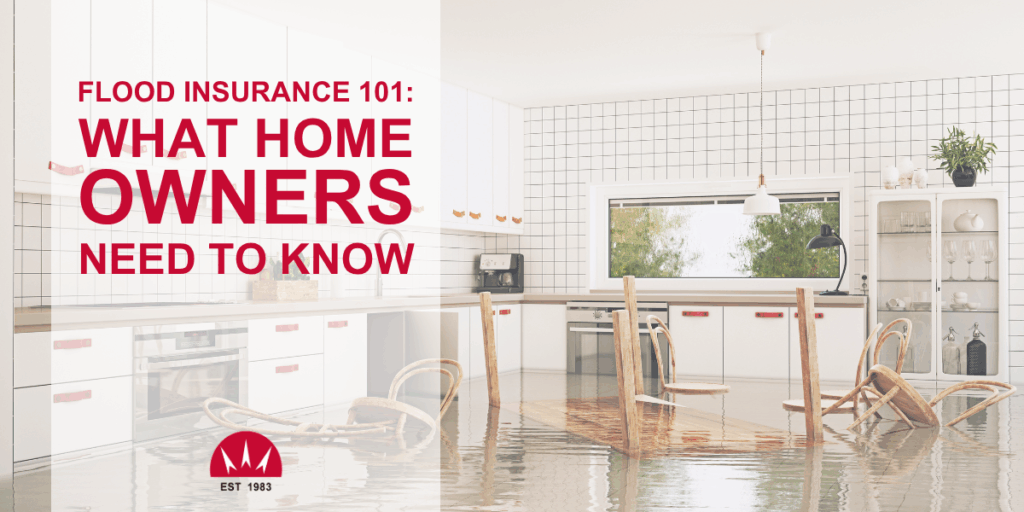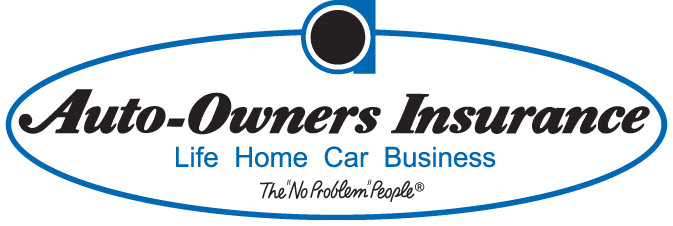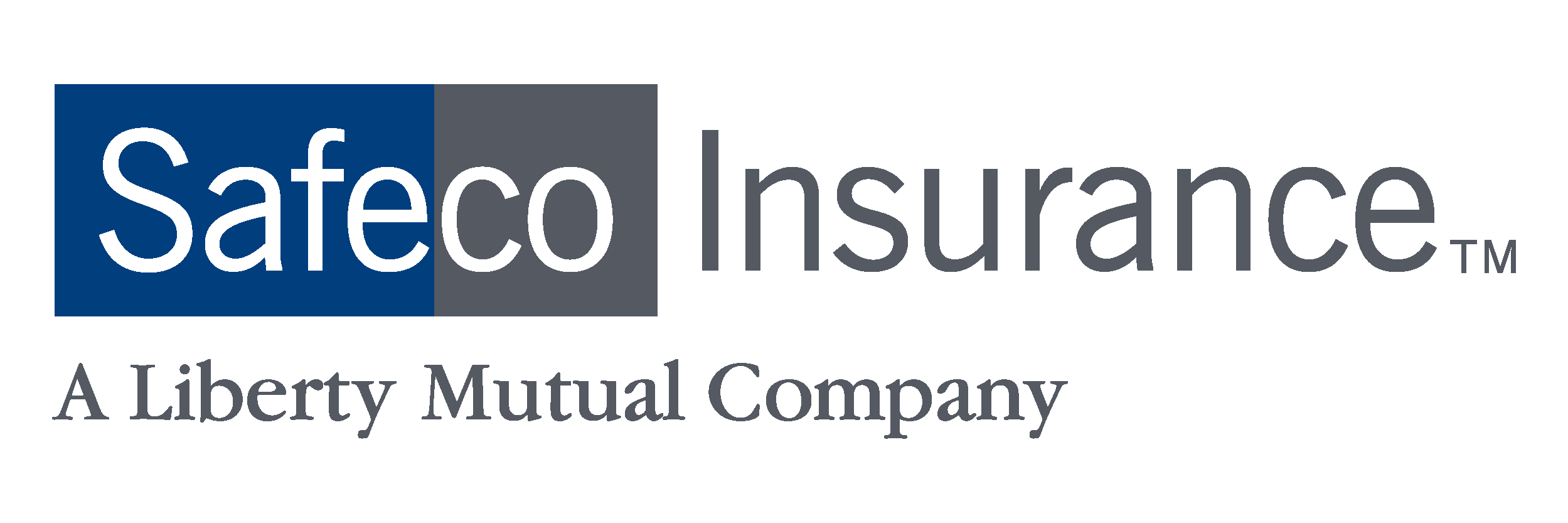Flood Insurance 101: What Homeowners Need To Know
July 17, 2025

Hurricane season is here, and whether you’re on the coast of Florida or in the hills of Tennessee, one thing is clear: flooding can happen anywhere. At Sparks Insurance, we find that many homeowners are surprised to learn that standard homeowners insurance does not cover flood damage. If your home floods and you don’t have a separate flood policy, you could be left footing the entire bill.
We’re here to break down the basics of flood insurance—what it covers, what it doesn’t, who needs it, and how to get covered—so you can feel confident and protected with coverage you can trust, no matter what the forecast says.
Do I Really Need Flood Insurance?
You don’t have to live near a river, lake, or coastline to be at risk for a flood. In fact, 40% of National Flood Insurance Program (NFIP) claims come from outside of high flood risk areas according to floodsmart.gov. Just one inch of water can cause about $25,000 in damage to an average size home.
If you have a mortgage on a home in a high-risk flood area (also called a Special Flood Hazard Area or SFHA), federal law may require you to carry flood insurance. But even if it’s not required, having a flood policy in place can be a smart move for your peace of mind and for your wallet.
What Does Flood Insurance Cover?
Flood insurance is available through the National Flood Insurance Program (NFIP) and some private insurers. Typical flood insurance policies include two areas of protection—building property and personal property.
Building property coverage provides up to $250,000 in protection for structural damage to your home. This includes essential components like electrical and plumbing systems, HVAC units, water heaters, and furnaces. It also covers damage to flooring, built-in appliances, foundation walls, and includes debris removal after a flood event. This coverage is designed to help homeowners repair or rebuild their homes after flood-related damage.
Personal property coverage provides up to $100,000 in protection for the contents of your home. This includes items such as furniture, clothing, electronics, washers, dryers, and other appliances. It also covers personal belongings stored inside your home that are damaged by a qualifying flood event. This coverage helps homeowners replace the essential items that make a house feel like home.
Coverage limits will vary, and basements or ground-level enclosures have specific restrictions, so it’s always important to review your policy closely with your agent.
What’s Not Covered By Flood Insurance?
Flood insurance is intended to cover direct physical loss caused by flooding, but there are important exclusions homeowners should be aware of. It typically does not cover damage from sewer or drain backups unless the backup is a direct result of flooding. It also excludes coverage for temporary housing or living expenses during repairs, as well as mold or mildew that could have been avoided with proper maintenance. Additionally, items such as decks, patios, landscaping, and swimming pools are not covered under standard flood insurance. Another key detail to keep in mind is the 30-day waiting period before a NFIP policy becomes active, unless the policy is purchased at the same time as a new home.
How Much Does Flood Insurance Cost?
Flood insurance is more affordable than many people realize. According to FEMA, the average flood insurance policy costs around $500 per year, or approximately $42 per month, offering valuable protection and peace of mind. Your exact premium will depend on several factors, including your home’s location and designated flood zone, the amount of coverage you select, the age and elevation of your home, and the deductible you choose. To determine your property’s flood risk and zone, you can visit FEMA’s official flood map portal at msc.fema.gov/portal.
How Do I Buy Flood Insurance?
If your community participates in the NFIP (and most do), you can buy a flood policy through a licensed agent—like Sparks Insurance. And if your property is ineligible for NFIP coverage or you’re looking for broader protection, private flood insurance may be an option.
You can learn more about the process at FloodSmart.gov or simply contact our team and we’ll walk you through your options.
No one likes to think about the possibility of flooding, but planning ahead is one of the smartest ways to protect both your home and your financial future. Whether you’re unsure if you need flood insurance or just want to review your current coverage, the team at Sparks Insurance is here to help.
If you live in a moderate-to-high risk area or simply want peace of mind before the next big storm, we’re ready to answer your questions and provide a free, no-obligation quote. Contact us today and get the flood coverage you can trust—before the waters rise.



